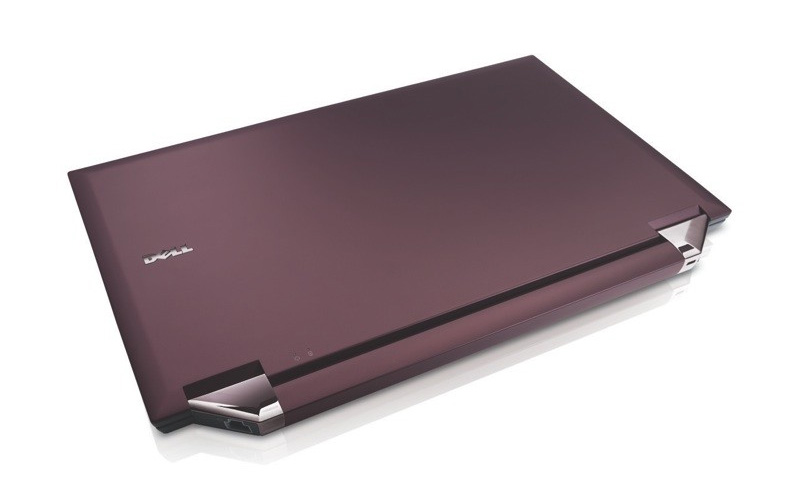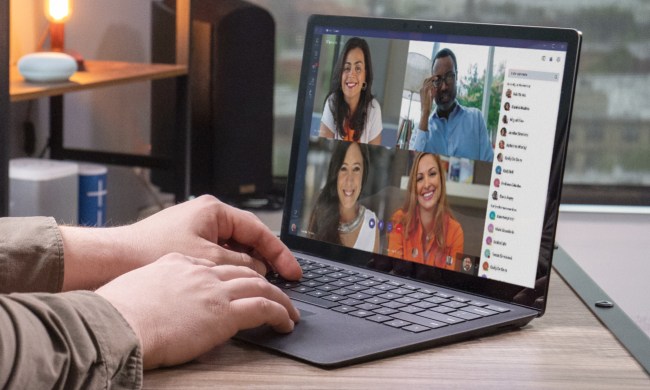
The wireless industry trade association 3G Americas has announced new estimates from Informa Telecoms & Media for the number of active mobile connections in service around the world. The verdict? There are about 4 billion mobile connections in service around the world in December 2008, which, if one applies a little arithmetic, implies that some 60 percent of humanity has a cell phone.
Of course, the reality is probably a little more complicated. In established markets, a number of mobile users operate more than one mobile device (one phone for personal use, another for work, perhaps mobile connectivity for a computer…or perhaps a passel of mobile phones for children). Similarly, many enterprises, organizations, and governments utilize pools of mobile devices that may exceed the number of mobile users at any given moment. Nonetheless, there is no denying the increasing penetration of mobile technology around the world—even if it doesn’t mean exactly three out of every five humans alive today owns a cell phone.
3G Americas is keen to point out rapid growth in many developing markets, including Latin America and the Caribbean, which saw 16 percent year-on-year growth, with total subscription numbers expected to top 440 million. The organization hails the growing penetration of wireless communication technology in the regions, noting it will be “changing their economic, social and political fortunes forever.”
Informa also estimates that 415 million mobile users have 3G capabilities, with some 77 percent of those using UMTS/HSPA networks, with the remaining 95 million 3G users relying on CDMA EV-DO connectivity.
3G America’s is promoting the adoption of LTE 4G mobile broadband technology, which is expected to begin competing with Sprint/Clearwire’s WiMax rollout in the next 12 to 18 months.


